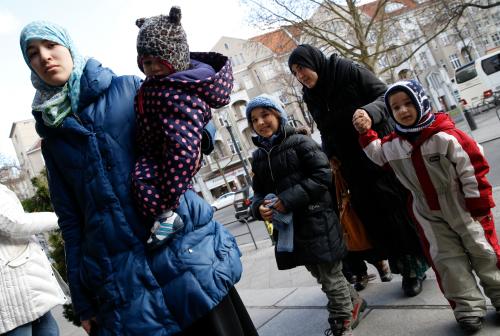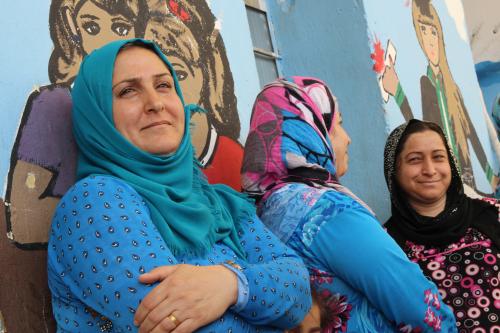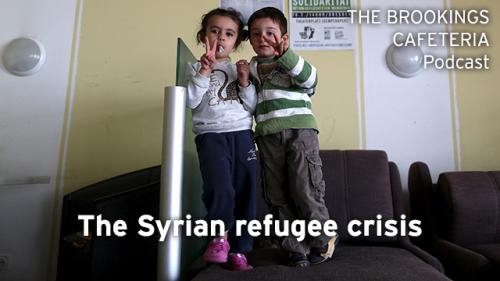While Angela Merkel deserves credit for her October 2015 commitment to accept upwards of 1 million refugees into Germany, so too do the mayors of Hamburg and Berlin—Olaf Scholz and Michael Muller, respectively—who bear the responsibility for integrating these new arrivals into their local economies and communities.
The full scale of city-level responsibility for Europe’s refugee crisis is made clearer in a just-released Eurocities report, Refugee Reception and Integration in Cities, based in part on a survey of the group’s members from 34 cities in 18 European countries.
The prescription for these cities, as is often the case, comes down to two issues: money and power.
As the initial May 2015 Eurocities statement on asylum asserted: “A better balance of European and national funding is needed between border protection and security and structural support for reception, and integration at the local level.” In the year since then, the needs have grown. While fiscal arrangements across countries differ, respondents in all 18 countries reported significant budgetary impacts above and beyond the help provided by regional, national, and supra-national governments.
More funding is needed, but so too is more direct access to funds. In one case, 8 million euros (about $9 million) in EU emergency assistance was awarded to Finland’s government, but Helsinki received none, even though the city estimates it will spend 10 million euros of local funds on resettlement and integration. Athens, a main transit point that has temporarily housed 500,000 asylum seekers over the past two years, was forced to apply for funding indirectly through the United Nations after the European Union awarded emergency funding to the U.N. rather than to local authorities. To address these issues, the Eurocities report calls for direct city access to the EU’s Asylum Migration and Integration fund, stating, “funding for integration must reach the local level without filters or barriers.”
A primary challenge once migrants reach their final destinations is the provision of housing. By distributing refugee housing throughout metropolitan areas rather than concentrating it in a single location, cities are working smartly to avoid past mistakes that led to the segregation of refugees. The magnitude of the problem is large, especially in German cities: Berlin alone reports 69,000 arrivals between January 2014 and December 2015. Officials there estimate housing needs at roughly 24,000 new units, in addition to the 21,500 already available.
This crisis isn’t going away anytime soon, and, as the immediate security and logistical challenges recede, cities will be responsible for the long-tail of integration and assimilation.
For too long, we’ve considered the refugee crisis to be a transnational issue. The reality is that, like many pressing challenges, cities and city leaders are ultimately responsible for concrete solutions.










Commentary
European cities lead on refugee resettlement
April 5, 2016